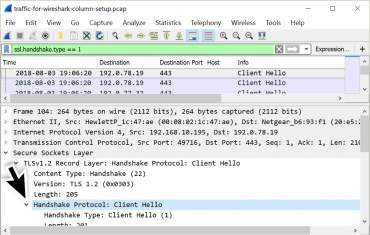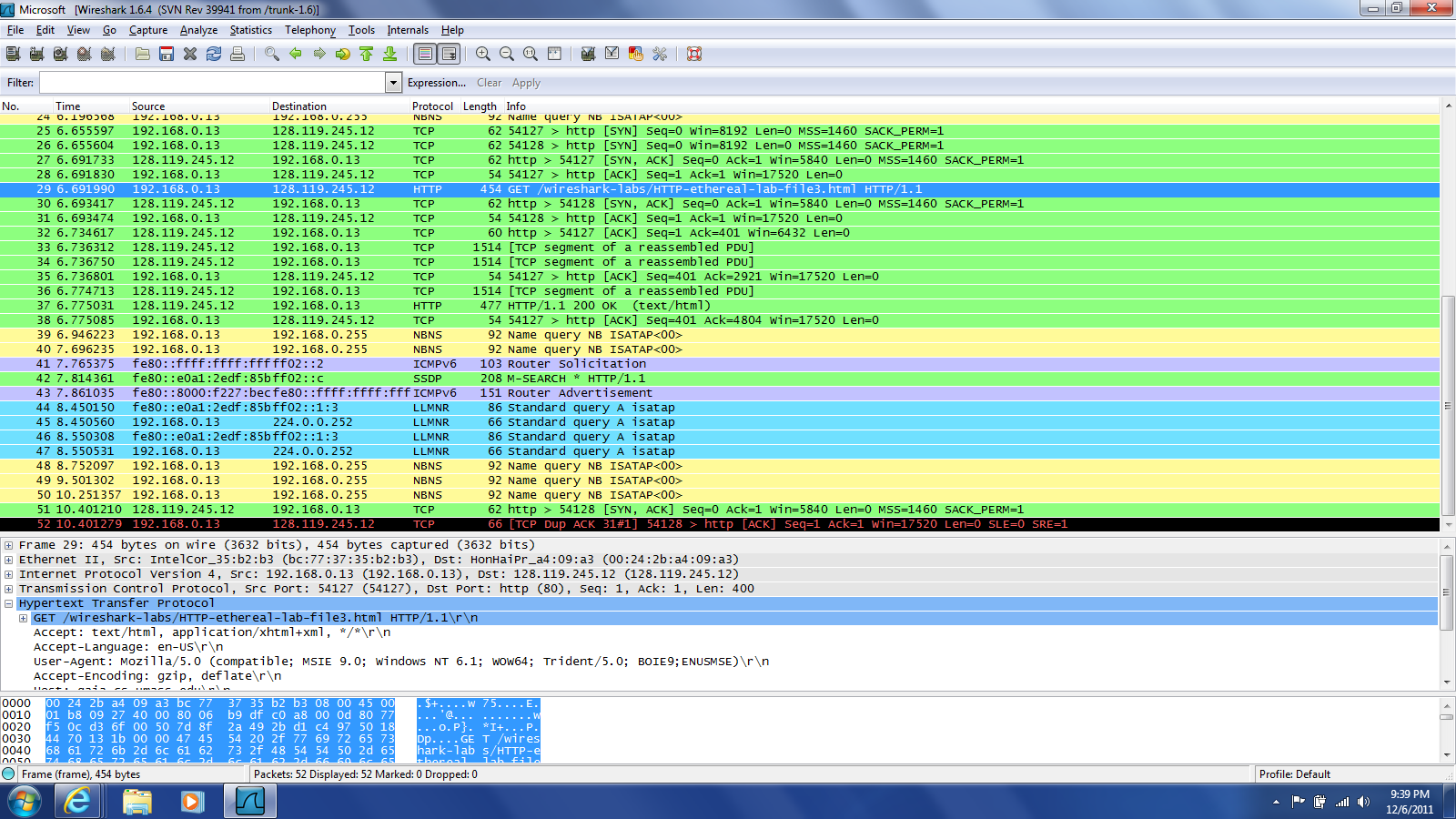

IPv6 uses NDP (neighbour discovery protocol) instead, It is not an IP-based protocol and arp-scan can be used on an interface that is notĪRP is only used by IPv4 hosts. Although the ARP protocol makes use of IP addresses, ARP was designed to work withĪny layer-2 and layer-3 address format, but the most common use is to map IP addresses toĮthernet hardware addresses, and this is what arp-scan supports. Layer-2 address given its layer-3 (network layer) address. The ARP protocol is a layer-2 (datalink layer) protocol that is used to determine a host's SLIP, because ARP is not supported on them.
#Wireshark sidplay arp serial
It does not support serial links such as PPP or It could also support token ringĪnd FDDI, but they have not been tested. The list, and scanning a Class-A (16,777,216 hosts) requires about 448MB.Īrp-scan supports Ethernet and 802.11 wireless networks.

Memory, so scanning a Class-B network (65,536 hosts) requires about 1.75MB of memory for The list of target hosts is stored in memory. You can also use network specifications IPnetwork/bits, IPstart- IPend, or IPnetwork:NetMask. Or by specifying the -localnet option which causes all possible hosts on the networkĪttached to the interface (as defined by the interface address and mask) to be scanned.įor hosts specified on the command line, or with the -file option, you can use either IPĪddresses or hostnames. On the command line by specifying a file containing the targets with the -file option The target hosts to scan may be specified in one of three ways: by specifying the targets Packets are sent to the Ethernet broadcast address, ff:ff:ff:ff:ff:ff, but that can be Lowest numbered, configured up interface (excluding loopback). If this option is not present, arp-scan will search the system interface list for the The network interface to use can be specified with the -interface option. To specify all hosts in the inclusive range, or IPnetwork:NetMask (e.g.ġ92.168.1.0:255.255.255.0) to specify all hosts in the given network and mask.ĭESCRIPTION arp-scan sends ARP packets to hosts on the local network and displays any responses thatĪre received. (network and broadcast addresses included), IPstart-IPend (e.g. 192.168.1.0/24) to specify all hosts in the given network The target hosts can be specified as IP addresses or hostnames. The functions that it uses to read and write packets require root privilege.

You will need to be root, or arp-scan must be SUID root, in order to run arp-scan, because Is used, in which case the targets are generated from the network interface IP address and Which case the targets are read from the specified file instead, or the -localnet option Target hosts must be specified on the command line unless the -file option is given, in


 0 kommentar(er)
0 kommentar(er)
